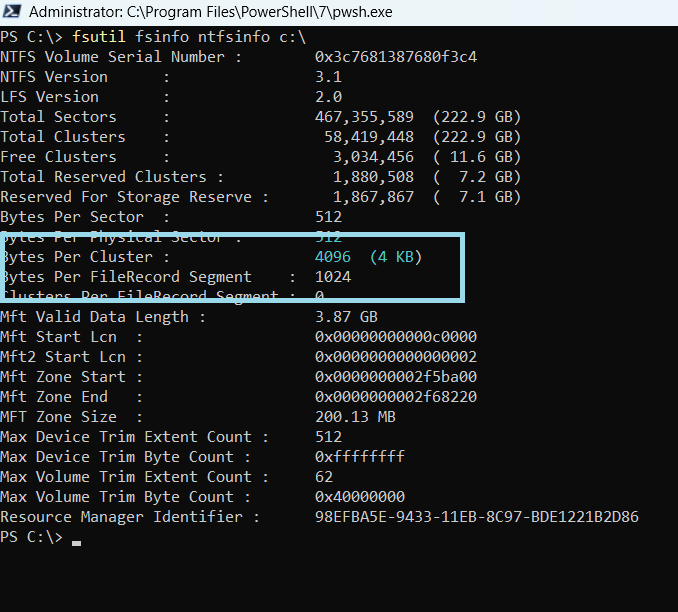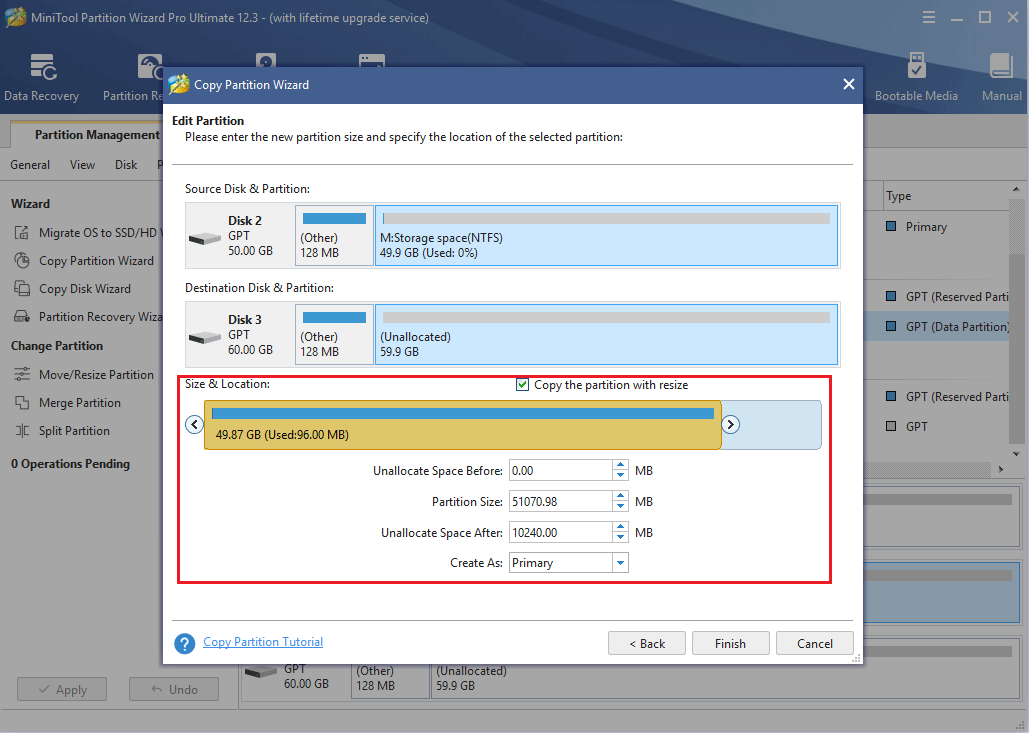Painstaking Lessons Of Info About How To Check Ntfs Block Size

Quick links what is allocation unit size?
How to check ntfs block size. Determining volume cluster size without using getdiskfreespace. 4 you can't change the block size; 9 answers sorted by:
9 answers sorted by: What allocation unit size should you use? I'd like to programmatically determine the cluster (a.k.a.
For example, the following cmdlet formats drive d as an ntfs volume, with frs enabled and an allocation unit size of 64 kb. Lists ntfs specific volume information for the specified volume, such as the number of sectors, total clusters, free clusters, and the start and end of the mft zone. Ntfs cluster sizes ntfs offers cluster.
Follow the steps below to change the ntfs allocation unit size with diskpart commands in cmd: A large difference between the size on disk and the size value indicates that the default cluster size is too large for the average file size that you are storing on. Why change the allocation unit size?
Chang block size from 4k to 64k. Chkntfs /t[:time] chkntfs /d key drive specifies. The allocation unit size is the block size on your hard drive when it is formatted using ntfs.
64k clusters are applicable when working with large, sequential io, but otherwise, 4k should be the default cluster size. Make sure you run command prompt as admin.
Check the ntfs file system with chkdsk. Key takeaways you should use the. 1024 replace /dev/sda1 with the partition you want to check.
When you use the convert.exe utility to convert a fat partition to ntfs, windows always uses the original fat cluster size as the ntfs cluster size for cluster sizes up to 4 kb. The default is 4096 bytes, lower numbers can save a bit of space at the cost of. 1 answer sorted by:
Ntfs volume serial number :.

















